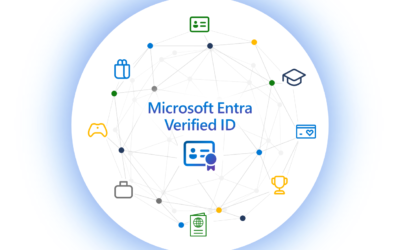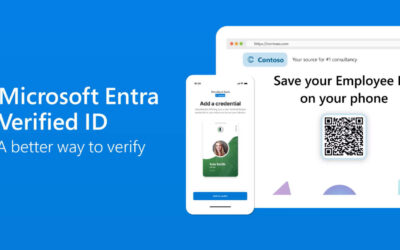ID Verification Orchestration Use Cases
SailPoint Account Recovery Using CLEAR Identity Verification
IdRamp has partnered with SailPoint and CLEAR to transform account recovery through advanced Identity Verification (IDV).
Healthcare Account Recovery: Identity Verification with MS Entra ID
Healthcare organizations are facing a cyberattack epidemic, with account takeover attack (ATO) incidents surging at an alarming rate.
MS Entra ID: Advanced Account Recovery with Identity Verification
IdRamp has partnered with Microsoft (MS) to bring Identity Verification (IDV) to the Entra ID account recovery process. Account takeover attacks increased by 350% last year, causing nearly $13 billion in losses.
Instant Onboarding with Automated Identity Verification
Manual onboarding processes are time-consuming and expensive, while also being vulnerable to identity theft. Virtual onboarding, while faster, introduces new security challenges like AI and Deep Fake attacks that can bypass traditional verification methods.
Elevate MS Entra Password Recovery with CLEAR Identity Verification
Adding CLEAR identity verification to the password recovery process eliminates leading vulnerabilities through a frictionless identity proofing experience that will delight users and reduce support costs.
Passwordless Authentication with Entra Verified ID
Entra Verified ID provides secure convenient passwordless authentication for any organization. Learn how Entra can help improve your security posture today.
Entra Verified ID – Integrated Identity Orchestration
Microsoft Entra Verified ID is a groundbreaking decentralized identity solution designed to revolutionize online security for individuals and organizations.
Convenient Identity – The Accelerator for Digital Transformation
Digital identity is the lifeline of modern businesses, bridging the connection between people and the value proposition that your organization offers. As the pace of technological change increases, your digital ID lifeline must be equally convenient for end users, business leaders, security teams, and technical operations.
Virtual Onboarding with MS Entra Verified ID
Traditional verification processes to onboard new people are slow, expensive, and prone to errors that increase risk. With so many different types of non-employees to track, organizations are struggling to keep up with the pace of change. How can businesses improve protection against insider threats and simplify the verification onboarding process at the same time?
Protected Virtual Meetings
Protected virtual meetings offer a secure, cost-effective, and efficient way for businesses to bring people together and exchange information. By providing a secure solution for virtual meeting protection, companies can improve collaboration, increase efficiency, and protect sensitive information from potential security threats.












